Where are all the children's shows in Pakistan?
From PTV classics to empty screens, the magic has disappeared

Children often carry the memories of the shows that they watch during their early childhood into their adult lives. When Gen-Z recalls the shows they watched, the blue flying cape of Commander Safeguard as he fought the germ-filled advances of Dirtoo and Kachra Rani comes to their mind. There were not many shows that aired but the ones that did, became memorable and widely hyped. That’s why local children’s shows are important. They can allow children to watch themselves on screen and consume a more thoughtful source of entertainment.
For instance, in the golden era of PTV in the 90s, shows like Ainak Wala Jinn and Sim Sim Hamara appealed to the younger audience. “I would get really excited about it,” said Farhana Naheed, a regular viewer of PTV’S children’s shows in an interview with The Lifestyle desk at The Express Tribune. “We would all discuss the shows in school the next day. We would all clap in front of the TV and have our snacks ready. I don’t think kids do that nowadays. They were on TV after 5pm and we would make sure to complete all our work before that. They would also not repeat so if you missed it, you missed it. There was no YouTube at the time for a rewatch either.”
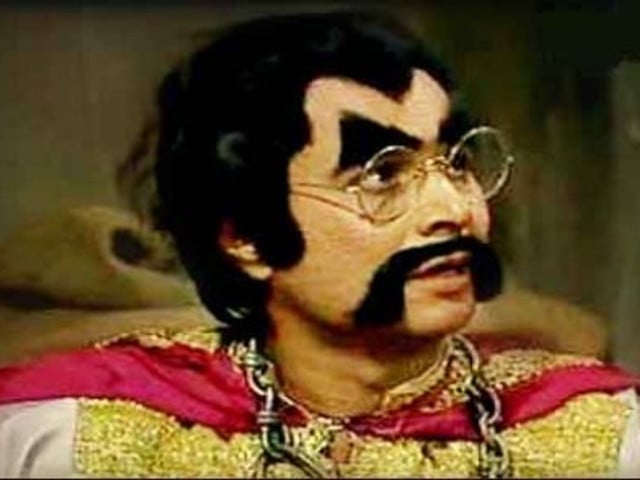
This no longer seems to be the case now. Children between the ages of 6 to 13 spend their time glued to their mobile devices. This excessive screen time leads to various problems, including sleep deprivation, eye strain, and decreased attention span.
Abdul Rauf, creator of PTV’S kids' music show Saray Sur Hamaray in 2018 believes the same. “There are no shows being made for kids,” said Rauf while talking to the Lifestyle desk at The Express Tribune. “Name any channel, there are only comedians that sit and insult each other. Who are they entertaining? The kids of our time need guidance, we would have game shows with quizzes and debates, all of that has ended now. Parents just hand their kids mobile phones now and they play games all day. It’s their whole lives now.”
Jamal Khurshid who briefly worked as an art director on Commander Safeguard in 2005 talked about the same need. “There’s a vacuum of stuff that people want to see,” he said while talking to the Lifestyle desk at The Express Tribune. “It’s trendy because no other source of entertainment exists. Whether it’s good or bad depends upon taste to taste. These shows were mediocre according to me but they are exactly what people needed to see at the time. I don’t know if Commander Safeguard was a good program but it did entertain a lot of people.”
Khurshid talked about the shows’ downsides. “The problem with Commander Safeguard was that it was a commercial for a product,” he said. “He has the soap name written on his chest. If you look at Western superheroes, Spiderman and Batman aren’t trying to sell anything. You don’t put product commercials on characters made for kids, I find the act manipulative. Commander Safeguard did inspire some superhero characters like Burka Avenger and 3 Bahadur though.” 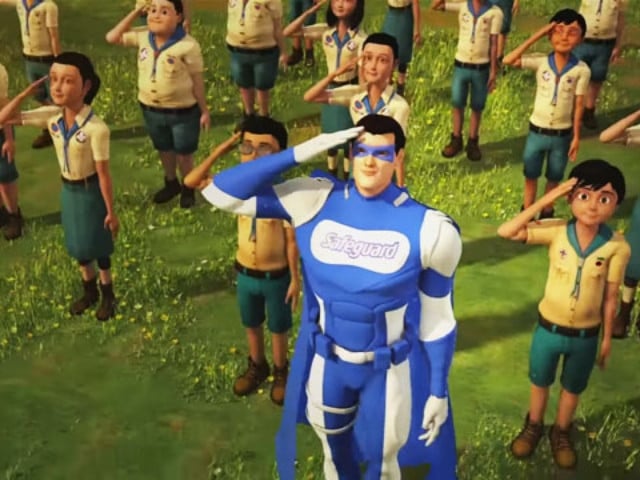
One example of a thoughtful show is Burka Avenger. Created by band Awaz’s musician Haroon, it is the story of Jiya, a school teacher whose alter ego is the super-heroine named Burka Avenger. She fights for justice, peace and literacy. However, Burka Avenger aired in 2013, about twelve years ago and very few shows have come out after that.
The show featured a relatable storyline that resonated with Pakistani children. “The way good TV shows work is that you take a story and localise it,” Khurshid expanded on what makes Burka Avenger good. “Shows abroad will pick up a black neighbourhood and create a show on life revolving around the hood, in order for the audience to relate to it. We should also do the same. Pick up a disadvantaged area and narrate about their kids. Make the characters brown, more relatable. That’s why I like Burka Avenger. Haroon went for something that was trying to cater to the locals rather than us trying to be West. We need to create our own industry.”
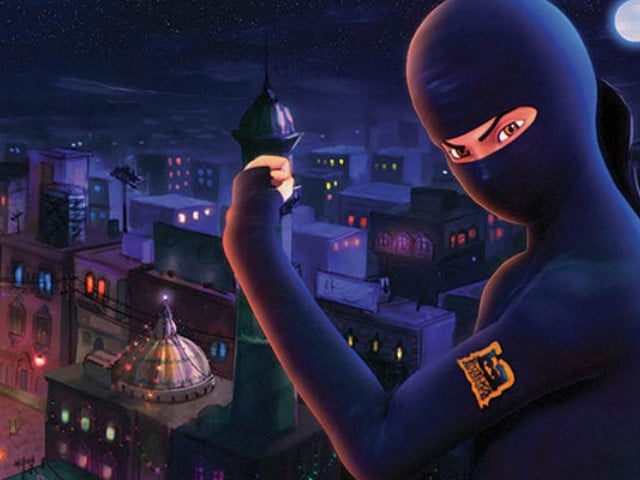
The only good example of a recent show featuring representation with entertainment is Pakkay Dost. Pakkay Dost is a children's puppet show created by former Strings member, Bilal Maqsood and funded by the ministry of culture and tourism in Sindh in 2023. The show fosters a love for the Urdu language while imparting life lessons.
“My kids absolutely adore Pakkay Dost. The little one didn’t speak any Urdu and now randomly sings Pani hay bachana(one of the nursery rhymes on the show).” read one Instagram comment. Another praised the show and wrote, “Wonderful initiative to promote Urdu language for the new generation,” with a string of clapping emojis.
“Representation of a similar culture, language and environment doesn’t only help them learn about their roots and values, it instills a deeper connection which we have lost over time due to neglect in this regard,” said Beenish Umer, production designer of Pakkay Dost in an interview with the Lifestyle desk at The Express Tribune. “It is essential to have Pakistani content for children so they can see a representation of themselves in the media.”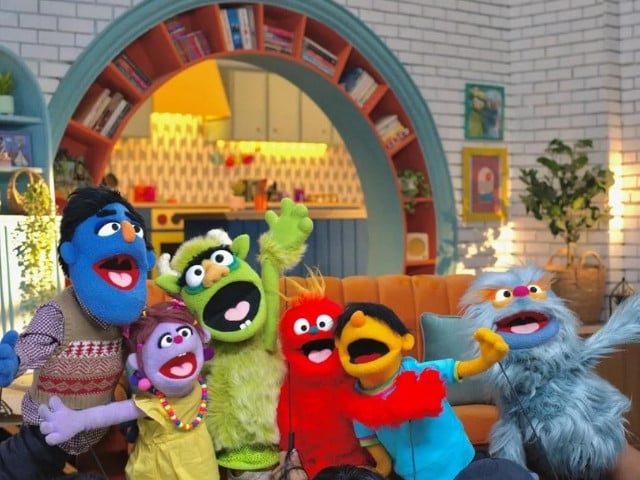
Looking at the lack of initiative to make content for children, there’s no denying that available shows are not enough to cater to the local audience and have declined in quality since the PTV era. The shows that did exist had their share of the good and bad.
Here’s to hoping the industry gets back on its feet and starts working for the largest age group in Pakistan.

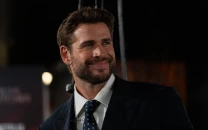
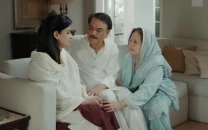


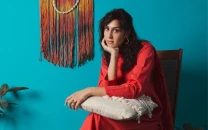
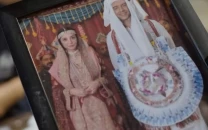

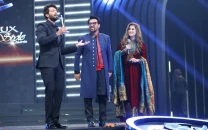

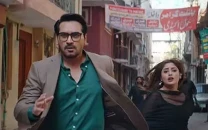
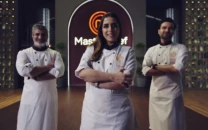

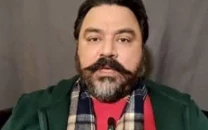

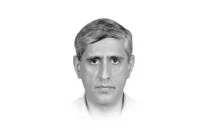








COMMENTS
Comments are moderated and generally will be posted if they are on-topic and not abusive.
For more information, please see our Comments FAQ